Most travelers assume English will pop up everywhere—and sometimes it does. But in certain spots, you’ll soon realize you’re on your own linguistically. These are places where no English means forcing yourself to adapt, get creative, and actually listen.
Here is a list of 16 cities where English won’t bail you out, and you might find that’s the best part of the trip.
Xi’an

Travelers flock to Xi’an for its famous Terracotta Warriors, yet once you step off the beaten path, English fades fast. Menu translations? Rare. Sidewalk signs? Mandarin only. You’ll end up pointing at things, typing phrases into your phone, or acting out exactly what you want.
Sure, it’s frustrating at times, but that unfiltered local vibe can be strangely rewarding.
Osaka

Osaka’s got character and it talks like it. The accent shifts, the slang flows, and suddenly, those high-school textbook phrases feel useless. Small shops and vibey restaurants aren’t stocked with English speakers. You’ll get by with smiles, hand gestures, and maybe a mimic of pointing at that giant bowl of ramen.
It’s not just language you’re learning—it’s culture, rhythm, real life.
Like Travel Pug’s content? Follow us on MSN.
Casablanca

Casablanca looks sleek on the surface, modern buildings, coastal views, but when you start chatting with locals, you hit a wall. Not an angry one, just a very French-and-Arabic one. English barely makes a dent here. Ask for directions, and you’ll likely get a friendly shrug or fast French that leaves you smiling awkwardly.
It’s not rude—it’s just not a priority. You’ll adapt quickly, though. A few phrases and a little charm go further than perfect grammar ever could.
Novosibirsk
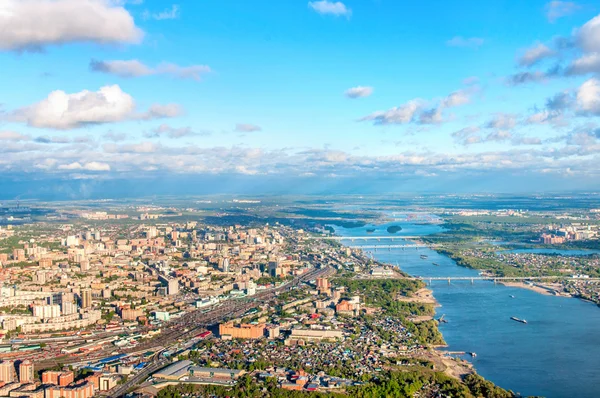
Welcome to Siberia’s biggest city, where winter hits hard and English is practically nonexistent. Most signs? Cyrillic. Menus? Russian-only. Even in central cafés, you’re rolling the dice. There’s no tourist bubble here. People aren’t changing their pace or language just because you’re lost. And weirdly, that’s part of the appeal.
You stop expecting help and start figuring things out the scrappy way. It’s cold, sure, but the experience? Pure fire.
Tashkent
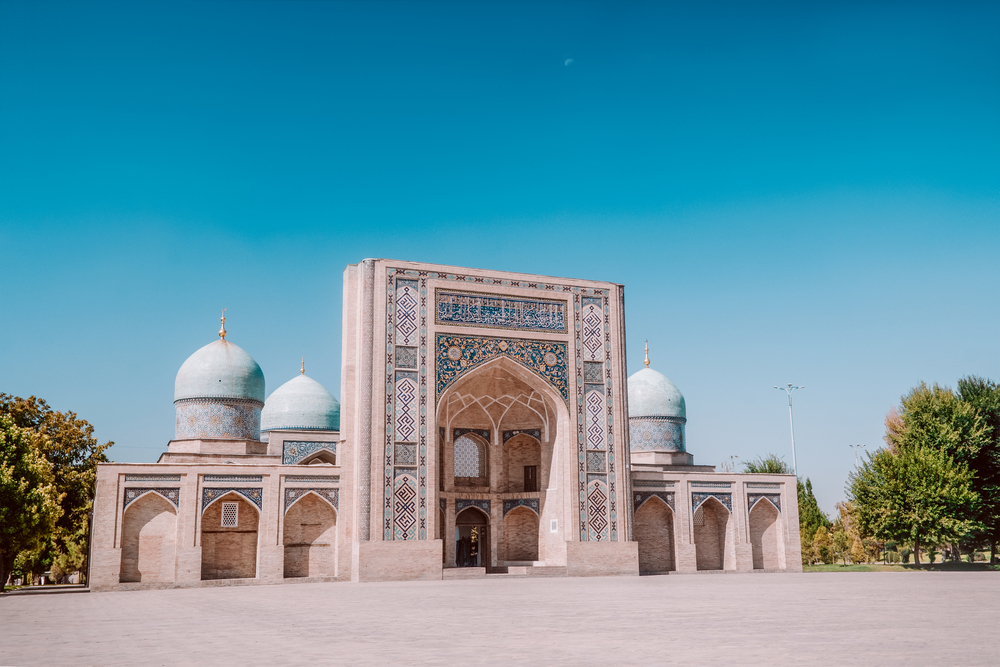
Tashkent’s a blend of old-school Soviet grit and Central Asian charm, but English doesn’t feature in that combo. Uzbek and Russian are everywhere — on signs, receipts, and train announcements. Try asking a question in English, and you might get a kind smile, but not much else. That said, locals are patient.
Hand gestures, scribbled notes, and showing photos on your phone? Totally normal here. You won’t breeze through, but you won’t be stuck either.
Like Travel Pug’s content? Follow us on MSN.
Luang Prabang

This place is stunning — colonial buildings, monks at sunrise, slow river life. But don’t expect anyone to switch to English for your sake. Lao is the language of the streets, and most restaurants, corner shops, and markets don’t cater to foreigners much. You’ll be guessing your way through menus and following locals’ lead.
Somehow, that makes every meal, every purchase, feel like a little win.
Palermo

Palermo’s loud, gritty, full of heart—and proud of it. Locals speak fast and with feeling, mixing Italian with Sicilian slang that even Google Translate gives up on. English? It’s there if you’re lucky, but mostly, you’re on your own. Still, no one makes you feel bad for not getting it right.
Order a pastry badly, and you might get a wink, a correction, and the best thing you’ve eaten in days.
Yerevan
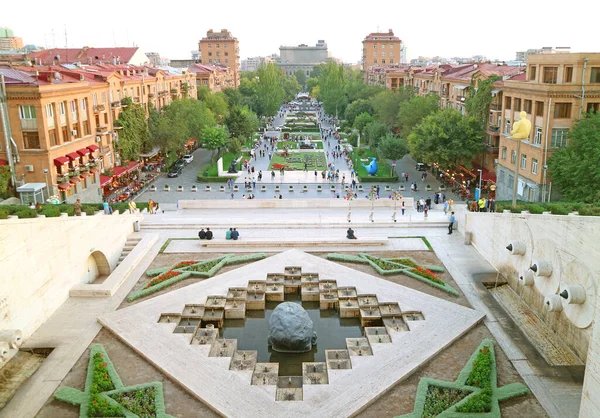
Yerevan feels like a place that’s quietly doing its own thing. Armenian is the go-to, with Russian floating around in older circles. English? Some younger folks know it, but it’s patchy. The alphabet alone throws most people off—it looks like a string of artfully drawn loops.
You’ll rely more on symbols, gestures, and the occasional wildly lucky guess than full conversations, but that’s part of what makes it feel real.
Like Travel Pug’s content? Follow us on MSN.
Shenyang

This northeast Chinese city isn’t built with tourists in mind, and it shows. Everything runs in Mandarin—fast, confident, and untranslated. Try navigating the subway or ordering street food, and you’ll be reminded that English isn’t global—it’s just yours.
Locals aren’t rude; they’re just busy living their lives. Learn a couple of phrases, keep it moving, and let the challenge sharpen your instincts.
Baku

Baku feels like a futuristic oil city dropped in a sea of tradition. It looks international, but don’t let the skyline fool you. Azerbaijani rules the conversation here. Russian backs it up in many places, but English? Still working on that.
You’ll find some signs translated, and some hotel staff might help, but day-to-day interactions—taxis, street vendors, local spots—usually don’t involve English at all.
Da Nang
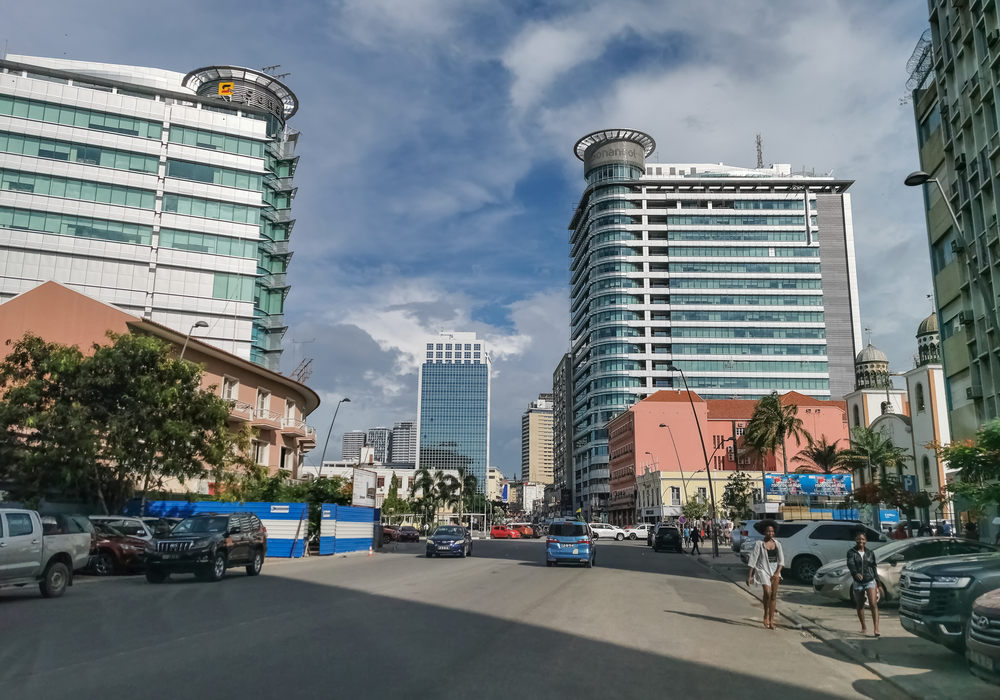
Da Nang’s coastline is gorgeous, and the city’s growing fast. Resorts have English menus and staff, but that bubble bursts the second you head inland. At local food stalls or on a random motorbike ride, no one’s switching languages for you.
You’ll be pointing at dishes, hoping they’re what you think they are, and figuring out prices by watching what the last person paid. It’s trial and error, but mostly delicious error.
Like Travel Pug’s content? Follow us on MSN.
Tbilisi
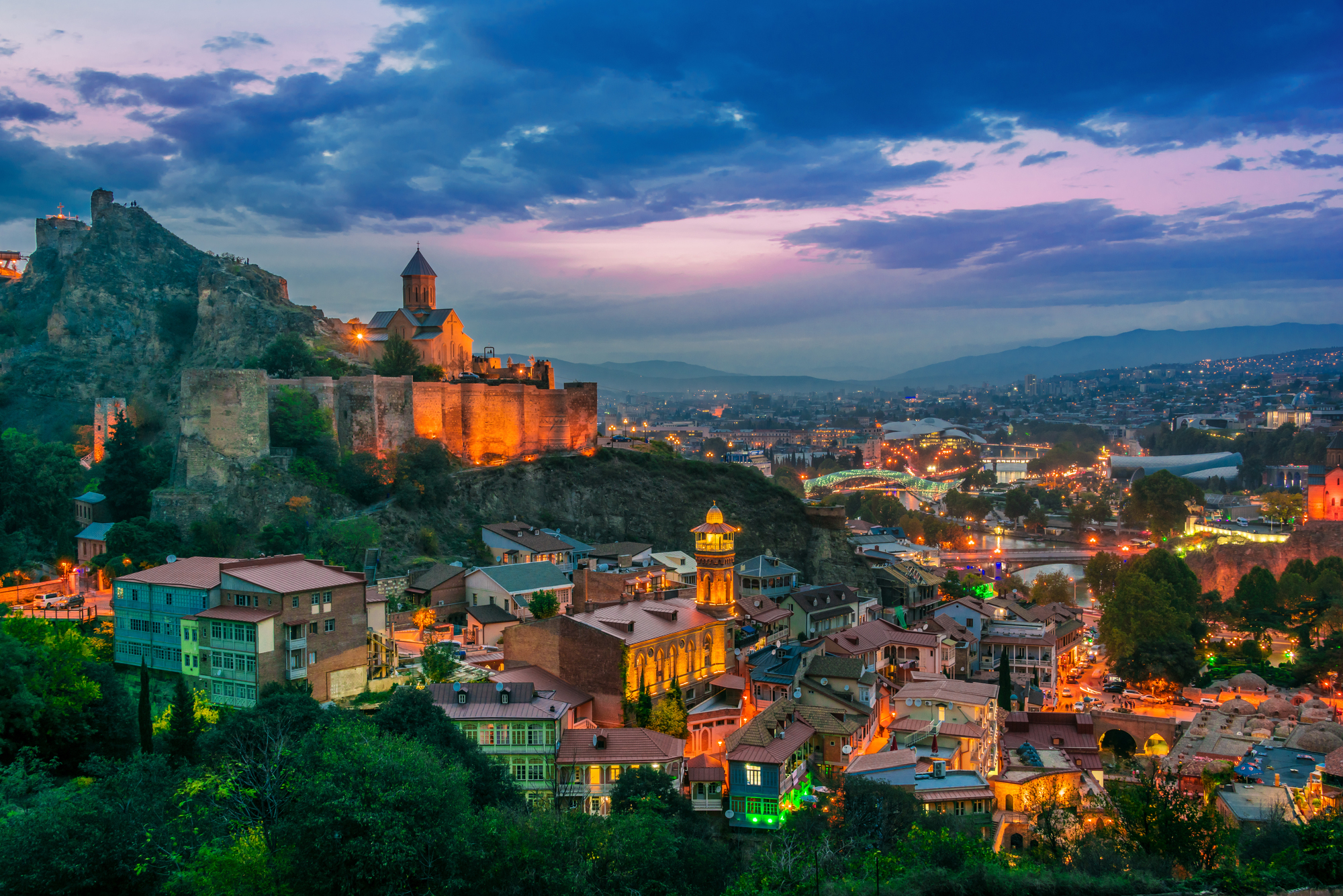
Tbilisi’s charm is undeniable—stone streets, hilltop views, and wine that never stops flowing. But the Georgian language? Unique, both in sound and script. English exists in pockets, mostly among younger locals or in tourist-heavy cafés, but don’t count on it.
You’ll hear lots of Russian, too, but even that only helps so much. Still, people here are warm—they’ll try to meet you halfway if you put in a little effort.
Belém

This Brazilian port city is wild, tropical, and incredibly local. Portuguese isn’t just dominant—it’s absolute. English is rare, even in shops and hotels. Try asking for a change or directions in English, and you’ll likely get a polite smile and nothing else. Locals aren’t being difficult—they just don’t use the language much.
If you’ve got any Portuguese in your pocket, now’s the time to bring it out.
Ulaanbaatar
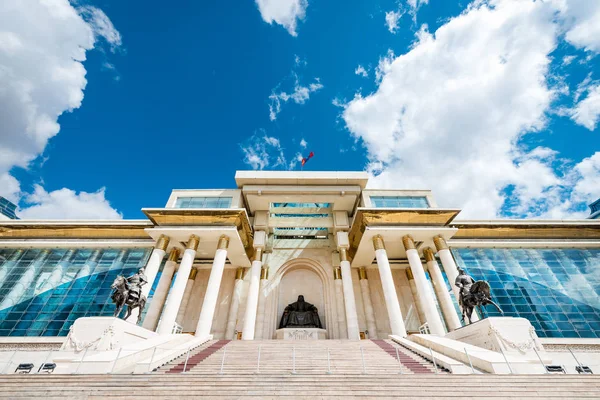
The streets of Mongolia’s capital are filled with motion—buses, food carts, herders in traditional clothes—but very little English. Mongolian, written in Cyrillic, is the daily language. Even apps struggle to parse it. Your best bet? Carry the address of your hotel written down and show it to drivers or pedestrians.
It won’t be smooth, but it’ll work. People here are used to travelers getting lost—they’ll usually help, just not with words, you know.
Like Travel Pug’s content? Follow us on MSN.
Mostar
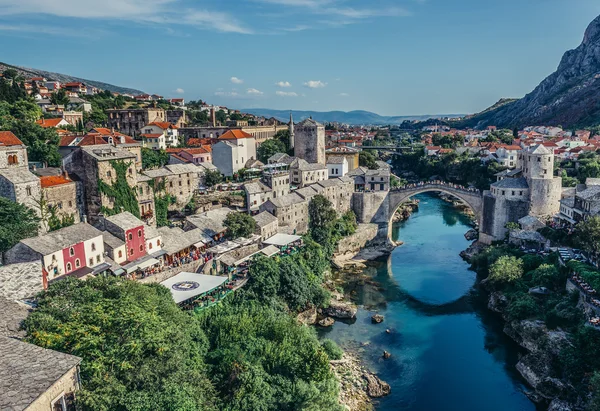
Mostar is beautiful in a quiet, haunting way, but don’t expect a tour guide around every corner. Bosnia and Herzegovina doesn’t get the kind of tourist traffic that encourages bilingual signs.
Most locals speak Bosnian or Croatian, sometimes German. English is hit or miss. Without it, you’ll lean harder on facial expressions and repetition, but sometimes, that makes a simple thank-you feel all the more earned.
Harbin
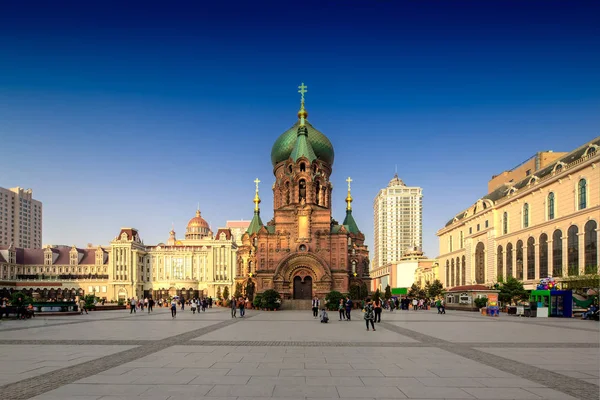
Famed for its epic winter festivals, Harbin feels otherworldly in the snow. It’s big, cold, and unapologetically Chinese. Outside the tourist spots, English dries up quickly. Menus are often just pictures—or nothing at all. Hotel staff may have a cheat sheet, but don’t count on full sentences. It’s not unfriendly—it’s just not designed for you.
And in a way, that makes your visit all the more genuine.
More Than Just Lost in Translation
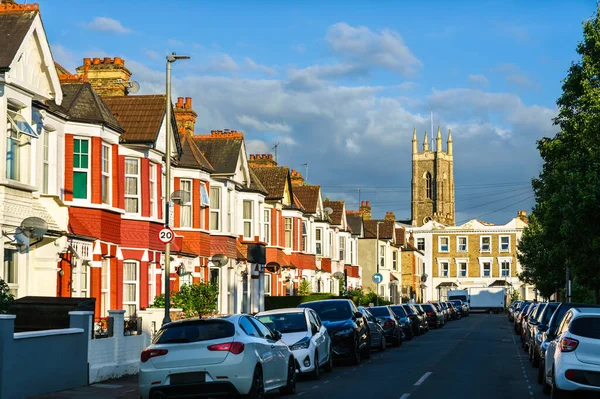
Winding up in a place where no one speaks your language changes how you move through the world. You pay closer attention, watch people’s faces, and pick up on tone and rhythm. It’s uncomfortable at first, but soon, you realize that words aren’t the only way to connect.
These cities don’t cater to you, and maybe that’s what makes them worth remembering.
Like Travel Pug’s content? Follow us on MSN.
More from Travel Pug

- 20 Best Beach Towns in the Carolinas
- 13 Destinations Where Tourists Regularly Regret Their Trip
- 20 Things You Actually Get in First Class
- 20 Small Airports With Aviation Museums
- 20 Places in the U.S. That Are Perfect for a Reset Trip
Like Travel Pug’s content? Follow us on MSN.
